What Is Supply and Demand in Forex?
Supply and demand are the foundation of all market movement, including in the foreign exchange market. These forces determine where price will stall, reverse, or accelerate based on institutional order flows and trader behavior.

Definition and Core Concepts
In forex trading, supply refers to price areas where sellers enter the market in size, while demand refers to areas where buyers dominate. These zones are visual representations of imbalances—where demand exceeds supply or vice versa, leading to strong directional price movements.
Why Supply and Demand Matter in Currency Markets
Because institutional players (banks, hedge funds, large asset managers) control the majority of forex volume, price typically reacts to areas where these entities have placed large orders. Understanding where these zones are likely to exist helps traders align with market-moving flows.
Difference Between Supply & Demand vs. Support & Resistance
| Feature | Supply & Demand Zones | Support & Resistance |
| Basis | Order imbalances | Historical price levels |
| Reaction | Often sharp and immediate | May be gradual |
| Reliability | Higher with confluence | Often retested |
| Trader Focus | Institutional | Retail and technical |
Understanding Supply and Demand Zones
Understanding the anatomy of supply and demand zones is key to anticipating future price moves and spotting institutional behavior.
What Are Supply Zones?
A supply zone is formed when price makes a sharp move downward from a consolidation area. It represents strong selling pressure—often institutional in nature—that overwhelms buyers.
What Are Demand Zones?
Demand zones are the opposite. They are areas where price shoots upward after a pause or consolidation. These zones signal aggressive buying interest from large players.
How These Zones Reveal Institutional Activity
Institutions can’t enter positions all at once—they require liquidity. They often build positions slowly in low-volatility areas before initiating strong price moves. Zones are where this activity leaves its mark.
Accumulation, Distribution, and Liquidity Gaps
- Accumulation: Smart money buys while price ranges quietly.
- Distribution: Smart money offloads positions before downtrends.
- Liquidity Gaps: Sudden candles with little to no retracement signal large orders being filled quickly.
Types of Supply and Demand Formations

Supply and demand formations fall into two broad categories: trend continuation and reversal zones.
Trend Continuation Zones
Rally-Base-Rally (RBR)
Occurs in uptrends where price rallies, pauses, then rallies again. The base marks demand.
Drop-Base-Drop (DBD)
Happens in downtrends. Price drops, consolidates, and drops again—creating a supply zone.
Reversal Zones
Rally-Base-Drop (RBD)
Price rallies into a zone, forms a base, and then drops sharply—indicating new supply.
Drop-Base-Rally (DBR)
Price falls into a zone, consolidates, and then reverses upward, forming a new demand area.
How Smart Traders Identify Institutional Zones
Identifying zones used by institutions requires observing price behavior and market structure in context.
Volume Imbalances and Order Flow
Large imbalances between buying and selling volumes often precede the creation of zones. Look for sudden changes in order flow.
Candlestick Patterns and Price Action Clues
Patterns like pin bars, engulfing candles, and inside bars at potential zones provide confirmation of institutional interest.
The Role of Timeframes in Zone Reliability
Higher timeframes (H4, Daily, Weekly) yield stronger and more reliable zones, while lower timeframes are best for precision entries.
Common Institutional Footprints in Forex
- Stop hunts around highs/lows
- Large rejection wicks
- Fast price movements with little retracement
How to Trade Supply and Demand Zones in Forex
Applying supply and demand analysis involves structured entry, risk management, and confirmation.
Entry Techniques at Fresh Zones
- Use limit orders at the edge of newly formed zones
- Wait for confirmation with price rejection or reversal patterns
Setting Stop-Loss and Take-Profit Levels
- Stop-loss: Placed beyond the opposite side of the zone
- Take-profit: Set based on next zone or using risk/reward ratios (e.g., 2:1 or 3:1)
Managing Risk with Multiple Positions
- Scale into trades in parts
- Use trailing stops to lock in profit
- Hedge positions if trading correlated pairs
Confluence with Indicators (ATR, RSI, Volume)
- ATR: Measures volatility, helps with SL sizing
- RSI: Identifies overbought/oversold near zones
- Volume: Confirms breakout or reversal strength
Advanced Supply and Demand Trading Strategies
As traders gain experience, layering strategies increases the probability of successful trades.
Multi-Timeframe Zone Alignment
Zones that align across multiple timeframes signal stronger institutional activity and increase trade confidence.
Combining Zones with Trend Analysis
Trading zones in the direction of the prevailing trend enhances success rates.
News Events and Volatility-Based Trading
Avoid entering zones just before news. Use volatility to your advantage by trading pullbacks after the event.
Trading Breakouts vs. Rejections at Zones
- Breakouts: Look for strong candle closes beyond zone
- Rejections: Enter on wicks and quick rejections back into the range
Institutional Trading and Supply & Demand
Institutional behavior defines supply and demand zones. Understanding their tactics gives traders an edge.
How Banks and Funds Create Imbalances
They layer orders to gradually build positions, triggering price moves when volume concentration is sufficient.
Front-running Institutional Orders
Some traders anticipate institutional moves by analyzing liquidity zones and positioning slightly ahead.
Spotting Smart Money Moves Early
Signs of early smart money moves include:
- Sudden shifts in momentum
- Price respecting untested zones
- Abnormal volume at key levels
Mistakes to Avoid in Supply and Demand Trading
Avoiding common pitfalls enhances the accuracy of zone-based trading.
Confusing Old Zones with Valid Ones
Zones lose power over time. Fresh zones with recent price reactions are more reliable.
Ignoring Context and Market Sentiment
Always trade zones in context of broader trends, sentiment, and macroeconomic factors.
Overtrading and Lack of Patience
Don’t force trades in every zone. Focus on high-quality setups with strong confluence.
Misinterpreting Zone Strength
Zone width, reaction speed, and volume profile help gauge strength—don’t rely solely on visuals.
FAQs About Supply and Demand in Forex
What is supply and demand forex strategy?
It’s a trading method that identifies zones where institutions are likely to have bought or sold heavily, then positions trades around these areas.
Can beginners use supply and demand zones?
Yes, but it’s important to focus on higher timeframes and simple setups before diving into advanced concepts.
Are supply and demand zones better than support and resistance?
Supply and demand zones offer more context and predictive power when linked to institutional order flow.
How do you confirm a valid supply or demand zone?
Watch for a sharp price departure from the zone, significant volume, and subsequent respect of the zone on retest.
Is supply and demand forex applicable to all timeframes?
Absolutely. The concepts apply across scalping, day trading, swing trading, and even position trading.
Conclusion: Mastering Supply and Demand for Smart Forex Trading
Mastering supply and demand zones allows traders to view the market through the eyes of smart money. By recognizing institutional behavior, understanding price structures, and managing risk with discipline, traders can gain a powerful edge. This strategy, grounded in logic and market mechanics, stands as one of the most effective approaches for long-term success in forex.

